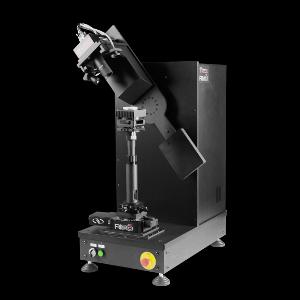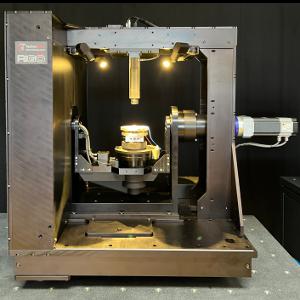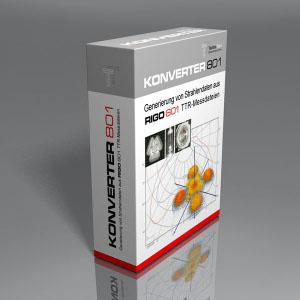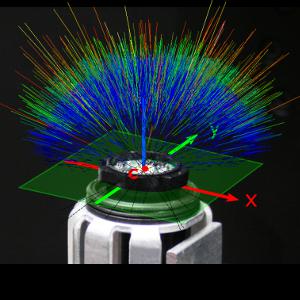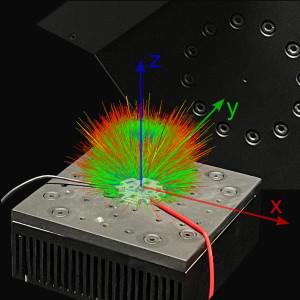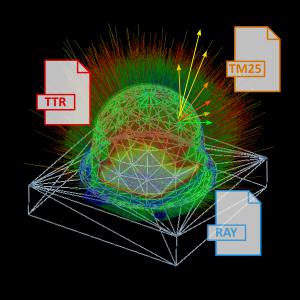Strahlendaten
Charakterisierung von Lichtquellen - Strahlendaten und spektrale Charakteristik

Strahlendaten (Rayfiles)
Eine präzise Charakterisierung der Lichtquellen ist für die Entwicklung anspruchsvoller Beleuchtungssysteme unerlässlich. In aktuellen Produkten werden fast ausschließlich LEDs verwendet. Optische Komponenten befinden sich oft in unmittelbarer Nähe (Nahfeld) der LED (Linsen, Lichtleiter, Reflektoren), so dass die LED nicht als Punktlichtquelle vereinfacht werden kann. Vielmehr müssen die lokalen Emissionseigenschaften der lichtemittierenden Elemente berücksichtigt werden. Hier werden häufig Strahlendaten verwendet, die hauptsächlich mit unseren kleinen Goniophotometern RiGO801 - LED und RiGO801 - Micro LED gemessen werden.
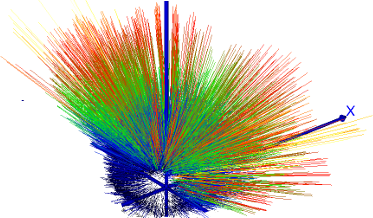
Spectrale Charakteristik
Nicht nur die integralen spektralen Parameter sind relevant, sondern oft auch die winkel- und ortsabhängigen spektralen Eigenschaften. Auf diese Weise können realistischere Optiksimulationen mit Hilfe von spektralen Strahlendaten unter Berücksichtigung von Dispersionseffekten durchgeführt werden.
Software
Grundlegende Funktionen unserer Software (RiGO801 Messsoftware und Konverter801)
- Messung von Strahlendaten
- Generierung aller gängigen Dateiformate (IES TM-25, ASAP, Speos, LightTools, LucidShape, Zemax OpticsBuilder, TracePro, SimuLux, Photopia)
- Generierung spektraler Strahlendaten basierend auf mehrkanaligen Messungen
- Leuchtdichte- und Farbbilder
- Goniospektrometrische Messungen (spektraler Strahlungsfluss, Farbkoordinaten, CRI, IES TM-30)

Nahfeldebenen, goniospektrometrische Messergebnisse und Berechnung des Lichtschwerpunkts
